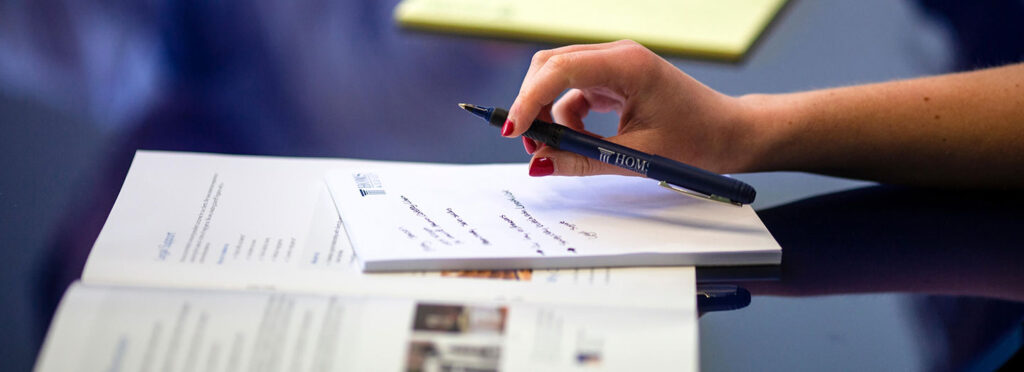Injured in a Car Accident? We Can Help
If you were hurt in a road accident and wondering what to do next, our expert personal injury solicitors will help you navigate the claims process.
Trusted Legal Support from Road Traffic Accident Experts
At HOMS Assist, we understand the stress that a car accident can cause. Our experienced solicitors provide clear, practical guidance on road traffic accident claims, helping you secure the compensation you may be entitled to. From managing PIRB applications to liaising with insurers, we make the process as straightforward as possible so you can focus on recovery.
How We Support You After a Road Traffic Accident
When you’ve been involved in a road traffic accident, our role is to guide you every step of the way. We provide:
- A clear explanation of your rights and the claims process.
- Preparation and submission of your application to the Personal Injuries Resolution Board (PIRB).
- Management of all communication with insurers, garages, and other parties.
- Guidance on both injury claims and vehicle damage claims.
- Ongoing support and regular updates, so you always know what’s happening.
Our priority is to reduce the stress of making a claim while protecting your interests and securing a fair outcome.
Why Choose Us?
Experienced Solicitors
Over 55 years of expertise in personal injury and road traffic accident claims.
Client-Focused Support
We explain every step clearly and ensure you always feel informed and supported.
Recognised Excellence
Award-winning legal team dedicated to achieving the best results for clients nationwide.
Nationwide Service
With offices in Dublin, Limerick, and Cork, we represent clients across Ireland.
Types of Road Traffic Accident Claims We Handle
Our solicitors assist with a wide range of road traffic accident claims, including:
- Multi-car accidents – collisions, rear-end impacts, etc.
- Motorbike accidents – high-risk situations leading to serious injury.
- Pedestrian accidents – injuries caused by negligent drivers.
- Cyclist accidents – incidents involving other road users or unsafe road conditions.
- Passenger claims – injuries sustained while travelling in a vehicle.
- Vehicle damage claims – helping you resolve repair and replacement issues quickly.
Vehicle Damage Claims
If your car has been damaged in a road traffic accident, we can help you resolve repair and replacement issues quickly and with minimal stress. Our dedicated vehicle damage claims team has been assisting clients since 2009, working closely with garages, insurers, and assessors to ensure repairs are authorised promptly and payments are processed without unnecessary delays. We also arrange car hire where needed, so you can stay mobile while your claim is being resolved.
Learn more about our Vehicle Damage Claims service
Speak with Our Team
If you’ve been injured in a road traffic accident or need support with a car damage claim, our solicitors are here to help.
Contact HOMS Assist today for clear, confidential advice tailored to your situation.
Road Traffic Accident Claim FAQs
Call emergency services, notify the Gardaí, exchange insurance details, take photographs if safe to do so, and seek medical attention. Contact a solicitor as soon as possible for guidance.
You can apply directly to PIAB, but many people prefer legal advice to ensure the claim is properly managed and fairly assessed. A solicitor can handle paperwork and negotiations for you.
Yes. You may be entitled to claim for personal injuries (through PIRB) and for damage to your vehicle, repair costs, or car hire (through insurers). Our material damage team will deal with your car damage claim while you focus on your recovery.
Whiplash, soft tissue injuries, fractures, and psychological trauma are common. Each case is unique, and medical assessment is essential.
In most cases, the time limit is two years from the date of the accident or the date you became aware of your injury.


